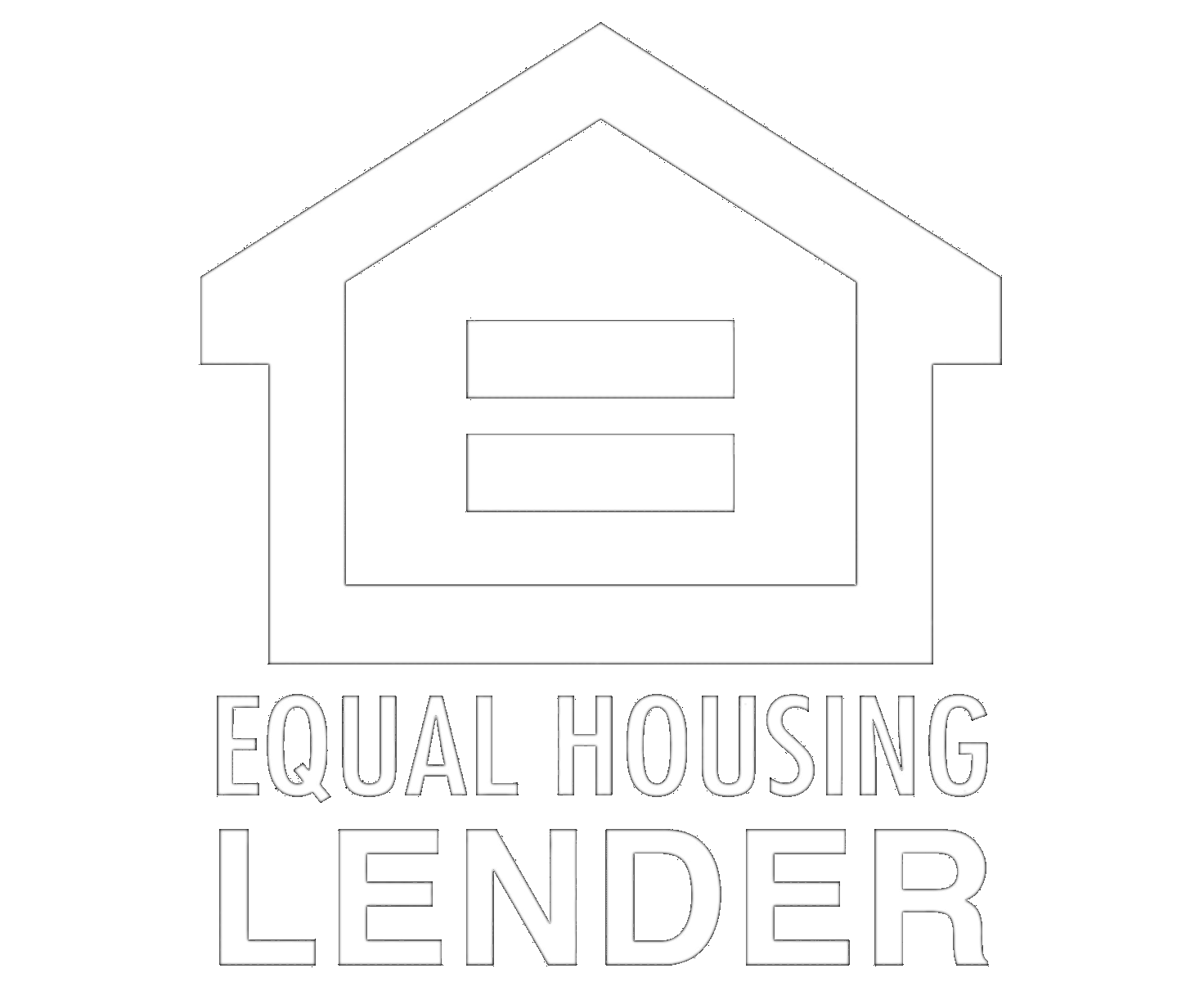If you’re thinking about applying for a mortgage or any significant loan, understanding your debt-to-income ratio (DTI) is crucial. Lenders use this ratio to assess how well you manage debt and whether you can handle additional monthly loan payments. This guide will explain what a debt-to-income ratio is, how it’s calculated, and why it’s an essential factor in determining your loan eligibility. By the end, you’ll have a clear idea of what is a good debt-to-income ratio and how it impacts your ability to buy a home or secure other financing.
What is a Debt-to-Income Ratio?
The debt-to-income ratio is a financial measure used by lenders to evaluate your ability to manage monthly debt payments compared to your monthly income. The calculation divides your monthly debt obligations by your gross (pre-tax) monthly income, yielding a percentage that helps lenders understand your debt load.
Example:
If you pay $1,500 monthly toward debts (such as car payments, credit card bills, and student loans) and your monthly income is $5,000, your DTI would be calculated as follows:
DTI = (Total Monthly Debt Payments / Gross Monthly Income) × 100
In this case:
DTI = (1500/5000) × 100 = 30%
Why Debt-to-Income Ratio Matters for Loans
Lenders use your DTI to gauge your financial health and determine whether you’re a good candidate for additional debt. A lower DTI indicates that you have more income relative to your debt, making you less risky in the eyes of lenders. Here’s why this matters:
Mortgage Approval: For homebuyers, a lower DTI ratio increases the chances of loan approval and may even qualify you for better interest rates. If you’re wondering about the ideal debt-to-income ratio to buy a house, lenders often look for a DTI below 36% for conventional loans. However, some lenders may allow DTIs as high as 43% with compensating factors like a larger down payment or excellent credit score.
Interest Rates: A favorable DTI can qualify you for lower interest rates, saving you money over the life of the loan.
Loan Limits: Some loans, like FHA or VA mortgages, have specific DTI requirements. For FHA loans, for instance, the recommended DTI is typically around 43%.
What is a Good Debt-to-Income Ratio?
A "good" debt-to-income ratio varies depending on the loan type and lender requirements, but here’s a general guideline:
36% or Lower: Typically considered good, showing lenders you can comfortably handle more debt. This ratio is ideal for conventional loans.
37%-43%: Acceptable, though closer to the higher end of acceptable limits. You may still qualify for loans but could face higher interest rates.
44% or Higher: Generally considered high and can be a red flag for lenders. If your DTI is this high, you may have difficulty securing a mortgage or other major loans without first reducing your debt.
What is Included in Debt-to-Income Ratio?
Knowing what is included in debt-to-income ratio calculations can help you better manage your finances. The DTI calculation typically includes:
Monthly Debt Payments: This includes any recurring monthly debt obligations, such as:
Mortgage or rent payments
Car loans
Student loans
Credit card minimum payments
Personal loans or lines of credit
Alimony or child support obligations
Gross Monthly Income: This is your total monthly income before taxes. It includes:
Salary or hourly wages
Bonuses or commissions (if consistent)
Rental income (if applicable)
Investment income
Note: Expenses like groceries, utilities, and entertainment costs aren’t typically counted in DTI calculations because they can vary and aren’t usually considered fixed debt obligations.
How to Calculate Your Debt-to-Income Ratio
Calculating your DTI is simple. Use a debt-to-income ratio calculator or follow these steps:
List All Monthly Debt Payments: Add up your minimum monthly payments for debts, excluding expenses like utilities or insurance.
Calculate Gross Monthly Income: Use your pre-tax monthly income.
Divide and Multiply: Divide the total debt by gross monthly income, then multiply by 100 to get the percentage.
For instance, if your total monthly debt payments are $1,800 and your gross monthly income is $6,000:
DTI = (1800/6000) × 100 = 30%
If your DTI exceeds 43%, consider paying down debts or increasing your income before applying for a major loan. For a quick check, use an online debt-to-income ratio calculator from Bankrate.
Tips to Improve Your Debt-to-Income Ratio
If your DTI is on the higher side, don’t worry—there are steps you can take to improve it. Here are a few effective strategies:
Pay Down High-Interest Debts First: Focus on reducing or eliminating debts with high interest rates, like credit cards, to lower your DTI quickly.
Consolidate or Refinance Debt: Refinancing or consolidating debts into one monthly payment at a lower interest rate can help reduce your monthly obligations and improve your DTI.
Increase Income with Side Gigs: Earning extra income can help you balance your debt-to-income ratio. Consider part-time or freelance work to boost your monthly income.
Avoid Taking on New Debt: If you’re planning to apply for a mortgage, avoid new debts, which could raise your DTI and impact loan approval.
FAQs About Debt-to-Income Ratio
Q: What is the best debt-to-income ratio for buying a home?
A: Ideally, a DTI of 36% or lower is favorable for mortgage applications, but some lenders allow up to 43% with certain qualifying factors.
Q: Can I get a mortgage with a high DTI?
A: Some lenders allow higher DTIs, particularly for government-backed loans like FHA loans. However, a higher DTI may come with increased interest rates or stricter loan terms.
Q: Is rent included in DTI calculations?
A: Yes, rent payments are generally included when calculating your DTI if you’re applying for other types of loans.
Q: Do lenders consider all income sources?
A: Lenders typically consider all verifiable sources of income, including salaries, commissions, and rental income, but may exclude irregular income sources.




